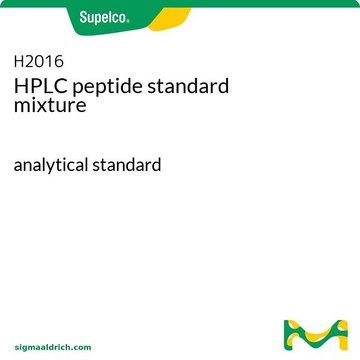S8692
Sulprostone
≥95% (HPLC), oil
Synonym(s):
(5Z,11α,13E,15R)--11,15-Dihydroxy-9-oxo-16-phenoxy-17,18,19,20-tetranorprosta-5,13-dienoic acid methane sulfonamide, CP-34089, SHB-286, ZK-57671
About This Item
Recommended Products
Quality Level
assay
≥95% (HPLC)
form
oil
color
colorless to yellow-brown
solubility
DMSO: >10 mg/mL
shipped in
wet ice
storage temp.
−20°C
SMILES string
CS(=O)(=O)NC(=O)CCC\C=C/C[C@@H]1[C@@H](\C=C\[C@@H](O)COc2ccccc2)[C@H](O)CC1=O
InChI
1S/C23H31NO7S/c1-32(29,30)24-23(28)12-8-3-2-7-11-19-20(22(27)15-21(19)26)14-13-17(25)16-31-18-9-5-4-6-10-18/h2,4-7,9-10,13-14,17,19-20,22,25,27H,3,8,11-12,15-16H2,1H3,(H,24,28)/b7-2-,14-13+/t17-,19-,20-,22-/m1/s1
InChI key
UQZVCDCIMBLVNR-TWYODKAFSA-N
Application
Biochem/physiol Actions
signalword
Danger
hcodes
Hazard Classifications
Eye Irrit. 2 - Repr. 1B - Skin Irrit. 2 - STOT SE 3
target_organs
Respiratory system
Storage Class
6.1C - Combustible acute toxic Cat.3 / toxic compounds or compounds which causing chronic effects
wgk_germany
WGK 3
flash_point_f
Not applicable
flash_point_c
Not applicable
ppe
Eyeshields, Gloves, type ABEK (EN14387) respirator filter
Choose from one of the most recent versions:
Already Own This Product?
Find documentation for the products that you have recently purchased in the Document Library.
Our team of scientists has experience in all areas of research including Life Science, Material Science, Chemical Synthesis, Chromatography, Analytical and many others.
Contact Technical Service









